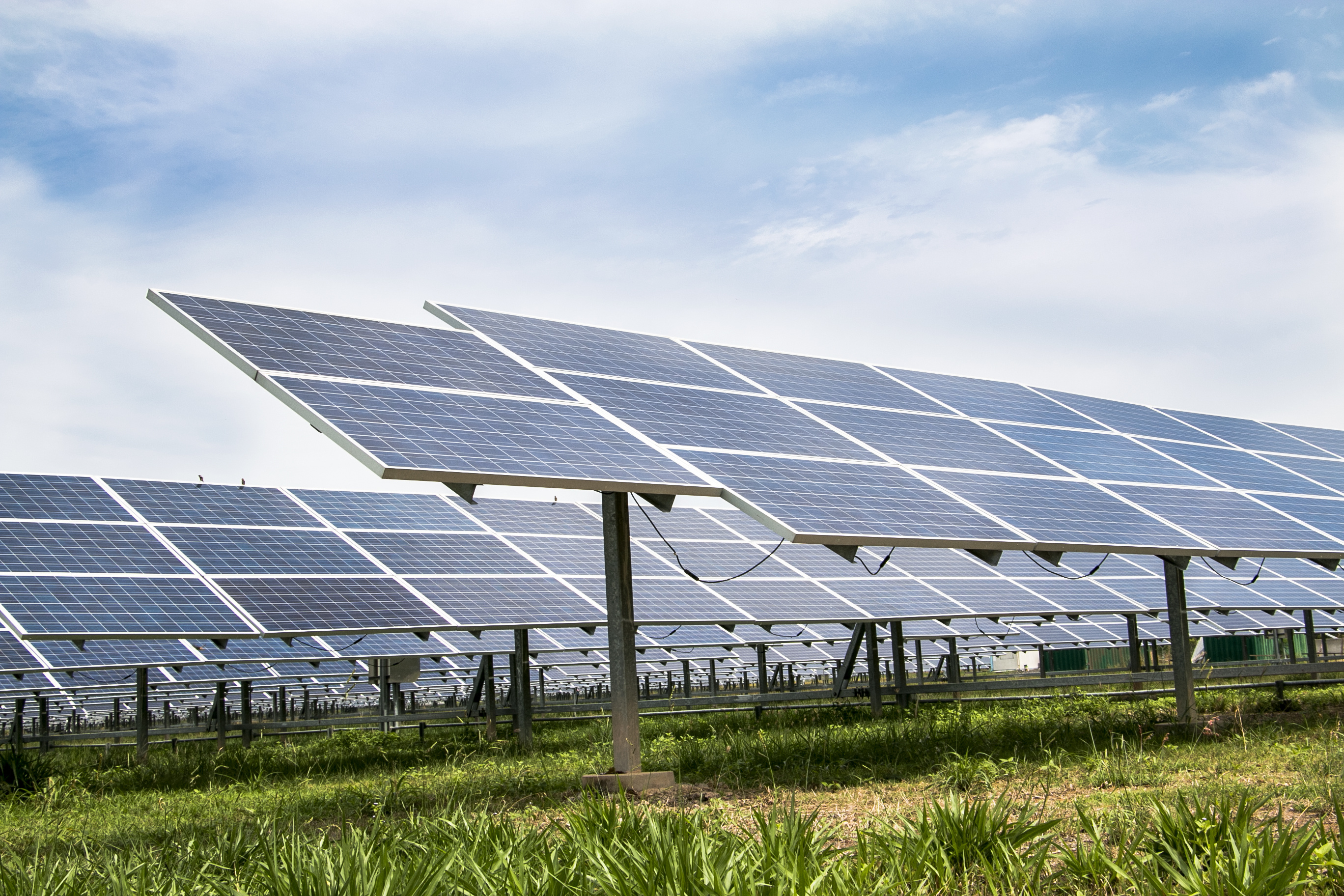Background on CAIF and Solar
A few weeks ago, the Federal Government’s Environment and Climate Change Canada (ECCC) released the Applicant Guide for the Climate Action Incentive Fund (CAIF) and opened the application window via their Single Window Information Manager (SWIM). The CAIF represents an exciting opportunity for Canadian businesses who are or will be investing in solar net-metering.
In 2019, the typical Internal Rate of Return (IRR) for a rooftop solar PV project in Ontario is 15 – 20%, including the tax benefits announced in the 2018 Fall Economic Statement! With potential funding from the CAIF, the business case is expected to increase by about 25%.
Who is eligible?
Provinces – Saskatchewan, Ontario, Manitoba, New Brunswick
Company Size – A small or medium sized enterprise with fewer than 500 employees
Project Size – Must ask for more than $20,000 and up to $250,000 per project
Not So Fast! A Federal Election is Coming Up!
Despite the excitement towards an already appealing business case, let us not forget what happened to similar government solar incentive programs in time past. Incentive programs that support solar such as Ontario’s GreenON Rebates and Alberta’s Energy Efficiency Alberta (EEA) were both cancelled after a change in government. Although we are hopeful the incentive is in place for the long term, a Federal election will take place on or before October 21, 2019.
In light of this, let’s consider the Key Dates outlined in the CAIF Applicant Guide.
Key dates
● July 17, 2019: SME Project stream is announced
● July 2019: Registration via the SWIM opens
● July 2019: SME Project stream opens for applications
● Summer/Fall 2019: Notification to Applicants within 25 business days of submitting an application
● Signing a Funding Agreement with the Government of Canada: Within 45 business days of the Approval-in-Principle notification
When is my funding secured?
The CAIF guide makes it clear that even though you can be selected for a CAIF grant and can incur costs after receiving an approval-in-principle notification, funding is only secure after a funding agreement has been finalized with the Government of Canada. What remains unclear is when is a funding agreement finalized, is it when the Applicant signs it or when both the Applicant and the ECCC sign it. If it is the latter, there continues to be a risk that a new government won’t execute these agreements.
So, should I still consider building a roof-top solar project in any of the mentioned provinces?
Yes!
Especially in Ontario where the IRR for solar net-metering is between 15 to 20% and payback for most medium size projects is 6 – 8 years (that is without the CAIF funding assumed in the financial model!). If this financial return works for you, then you should carry on considering solar as an investment, even in absence of the CAIF.
Should I hire a contractor immediately and start pre-construction activities?
No!
To be eligible for the CAIF funding you cannot incur costs until after you have received an approval-in-principle notification from ECCC.
Compass’ Recommended Approach
Even without CAIF funding, an investment in a rooftop solar project can generate returns between 15 and 20%. We are recommending to clients to complete the following steps in support of their CAIF solar application:
1) Complete a Solar Pre-Feasibility Analysis (outputs are required for your CAIF application)
2) Complete your CAIF Pre-Requisites
3) Submit your CAIF Application
CAIF Applications should be submitted by the end of August in order for them to be reviewed and processed by the ECCC in advance of the upcoming election.
There is both a limited amount of funding available through the CAIF and there is a time constraint to complete your application. Working with a consultant that has experience successfully obtaining government incentives through Ontario, Alberta the Federal Government will ensure you have the highest chance of success.
James Marzotto, Manager, Business Development
james@compassenergyconsulting.ca
Jonathan Cheszes, Managing Director,


